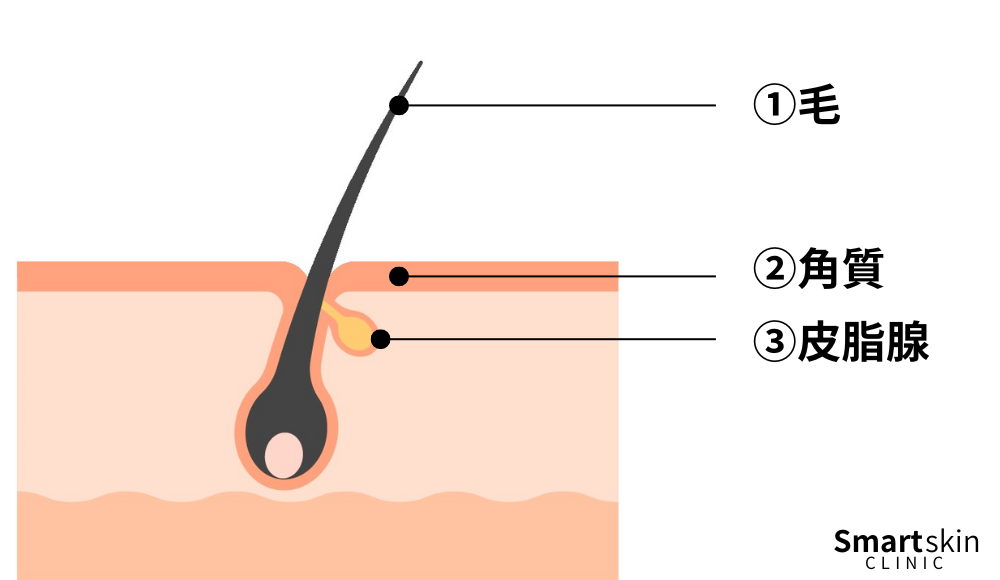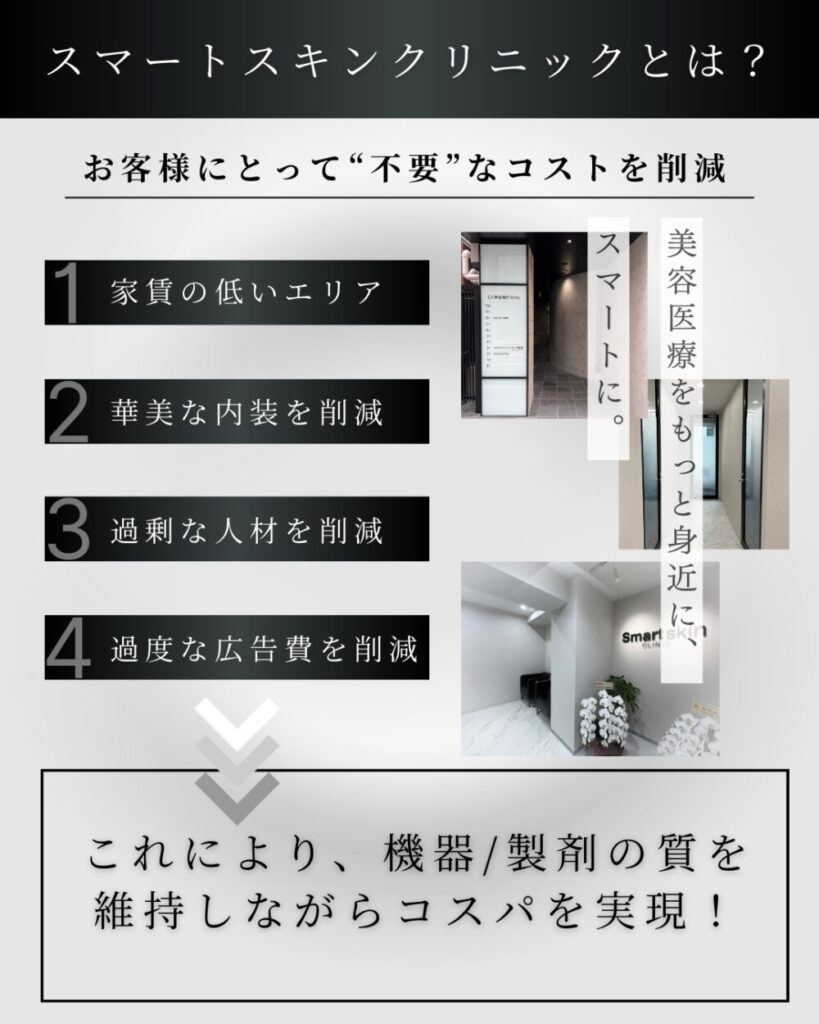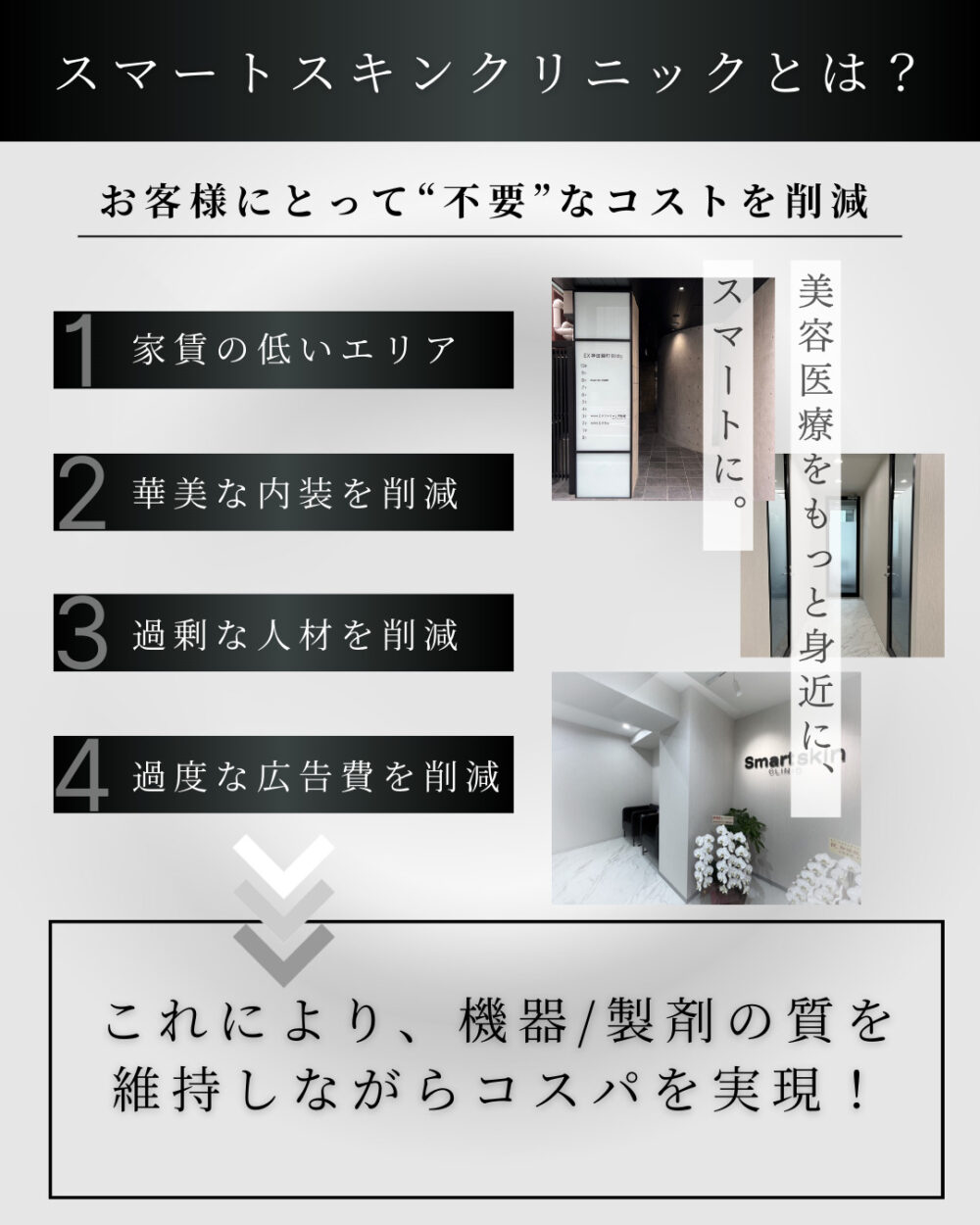Do doctors explain] Does isotretinoin improve pore size?
I've heard that isotretinoin helps with pore size, but is that true?"
Does isotretinoin improve pore size?"
Is isotretinoin effective in eliminating pores?"
Hello, this is Smart Skin Clinic.
Are you interested in isotretinoin but wondering if you should actually start because of these questions?
Isotretinoin is a treatment for acne, but there is some information circulating that it might be effective for "pore size" as well.
I will provide medical explanations in an easy-to-understand manner from my professional standpoint as a cosmetic dermatologist and as a person who has taken isotretinoin myself.
Chairman of Smart Skin Clinic Group
stone Kouta
career
Graduated from Juntendo University School of Medicine
Tokyo Women's Medical University Hospital and related facilities
Worked at a major beauty clinic in Tokyo
Affiliation / Qualifications
Japan Surgical Society Specialist
Japanese Society of Anti-Aging Medicine
Conclusion: Isotretinoin can improve pore size.
First of all, let me start with a conclusion to the question.
Isotretinoin is the only way to improve pore size,You can count on it.".
I actually took it internally to improve my acne, but I was often told that my pores were no longer visible.
It is important to remember that this is only an "acne treatment" and may also improve pore size as a secondary effect.
*This is not a guarantee that all people's pores can be improved.
Now that we've covered all the ground, let's move on to the next question, "Why can we expect to see improvement in pore size?" Next, I will explain medically why it can be expected to improve pore size.
For this reason, we will first explain (1) how pores open, and then (2) how isotretinoin acts on them.
Why do pores open in the first place?
To understand what causes pores to open, it is good to first understand the "structure and anatomy of pores".
First, please see the following images.

As this image represents, there are three major structures associated with pore opening.
- 0.03 mm (one-thousandth of a sun)
- keratin
- sebaceous gland
(1) Effects of hair
With hairs, a pore can't physically be smaller than a hair, can it?
So, you may have heard that facial hair removal reduces the appearance of pores. (Another reason is that the black spots caused by hairs are no longer visible.)
(2) Effects of keratinization
The skin repeatedly turns over, and old skin (keratin ≒ plaque) comes to the surface of the skin. This falls into a certain number of holes called pores. When it falls into the pore, the pore cannot be reduced because the thing enters physically as well as the hair mentioned above. So, keratin is another factor that causes pores to open. (Excessive clogging of keratin leads to so-called white pimples.)
(iii) Effects of sebaceous glands
Have you ever heard of "sebum?"
Sebum is, roughly speaking, the "fat" that moisturizes the skin.
Although it has the positive aspect of moisturizing the surface of the skin, in many cases, excessive secretion leads to a so-called "shiny" or "greasy" face.
Sebum, or sebum, is secreted from the pore entrance area and accumulates in the pores, as shown in the image.
So you have keratin from the top and sebum from the bottom. (Pores are tough too...)
It accumulates in the pores, so naturally, like keratin, it physically contributes to the opening of the pores.
So far, this is the medical and anatomical explanation of how pore opening occurs. Now, it is time to explain how isotretinoin works to open pores.
How isotretinoin works to open pores.
Isotretinoin has several actions, but the most important actions areIt "retards the sebaceous glands."This is the action of the
If you have read this far, it may ring a bell.
Yes, I just explained.Isotretinoin approaches "(3) sebaceous glands."It is.
Since it has the action of "shrinking" or "eliminating" sebaceous glands, it improves one of the three structures involved in pore opening. As I mentioned that three major structures are involved in pore opening, it can be expected that the greater the involvement of (3) sebaceous glands, the greater the effect on pore opening.
On the other hand, we only told you that it is "expected" because (3) if the sebaceous glands are less affected or if the pores are hardly open in the first place, the effect is not likely to be felt.
As an additional note, a common side effect of isotretinoin is "dry lips," which is due to isotretinoin's action of "shrinking the sebaceous glands.
Pore process with isotretinoin
Although this is only a typical process, we will explain the process of how isotretinoin changes pores, not acne.
1st month
Also called the purging period, this is a time when the skin condition seems to temporarily deteriorate. Skin redness may occur. This is a "normal process".
2nd month
Some people will gradually start to feel the effects of the program from this area.
3rd month
This is when you will begin to feel the changes yourself. You may notice an improvement in acne. You may feel that your pores have become smaller.
4th month to 6th month
During this period, some people will start to get the reaction that their pores are no longer visible or smaller in the eyes of others. As for the acne in the first place, this is when you will start to feel a significant effect, and this is when people may notice a significant change in the way they look at you.
Features of the clinic


Cutting "non-essential" costs
Our clinic may not be perfect for all clients. However, we are pursuing a clinic for those who want to have cosmetic procedures more accessible, and who say, "Yes, this is the kind of clinic I wanted.
Simple interior that is easy to access for men and women of all ages
The interior design of our clinic is not flashy. What we value is "convenience" and "cleanliness. We try to keep the interior simple so that even those who do not feel comfortable in fancy spaces can easily visit our clinic.
Easy access to hospital
It is located in a calm area, not in an area cluttered with beauty clinics. On the other hand, access from the station is close, just a 3-minute walk from Jimbocho Station and a 3-minute walk from Shin-ochanomizu Station, making it easy to come to our clinic.
For isotretinoin, go to Smart Skin Clinic.
If you are considering isotretinoin or suffering from acne or open pores, please visit our clinic for a consultation.
If you would like to know more about isotretinoin, please also refer to the following article. We also cite medical articles and provide the most detailed description available anywhere.


